La crainte de l’IA et l’avenir du travail pour les pros des STEM
“L’engouement pour l’IA inquiète les collaborateurs, mais nous devons transformer cette crainte en enthousiasme”, déclare SThree. Découvrez les conseils : Que doivent faire les employeurs et les employés ? Découvrez également comment les professionnels des STEM et les entreprises réagissent à l’IA et à l’automatisation.
The AI hype worries employees, but we need to turn anxiety into excitement. Here’s what employers and employees should do.
Artificial intelligence (AI) has unquestionably hit the top of the hype curve – and that’s higher for this technology than most others.
AI is not new. It’s been in development for decades and in more recent times has made it out of the labs and the showpiece supercomputers and into real applications. Its use has grown behind the scenes, from disease screening for medical professionals to movie recommendations on streaming services. Now it’s burst into public daily life.
Throughout this year you can’t switch on the TV or radio, check social media, attend a professional conference or a business meeting without hearing how it will make our work life so much more interesting, or take all our jobs. Or leave us more leisure time than we’d know how to use, or just go wild and kill us all while we sleep. Take your pick. All these scenarios are far removed from the innovations that sparked this public debate late last year.
The world woke up to AI thanks to new, freely available generative AI tools appearing online. These tools could generate images or words in reply to a few typed instructions. Anyone could have a go, and everyone did – making the generative AI tool ChatGPT the fastest growing app ever.
This easy accessibility marked the first time most people could get their hands on AI and try it for themselves – and that included many STEM professionals. As they experimented, they could quickly see that these tools could perform tasks in just a few seconds that would typically take humans hours or days. This understandably worried them. They could see for themselves that these tools were far from perfect but were nevertheless highly impressive. And they knew from their own experience with previous waves of technology that AI would improve, and rapidly.
Why a third of STEM fears AI
These worries were reinforced by headlines about what AI could mean for many human jobs. These fears were in tempered by reports about AI’s potential economic, scientific and medical benefits and many more, as yet almost unimaginable, advantages. This news ‘see-saw’ sparked public fear but also fired up the public imagination.
AI is rightly likened to previous technological revolutions, starting with the first industrial revolution in the 18th century. History teaches us that these transformative times weren’t always all good news for workers, as economic output first declined before it rose. In the last century, the information revolution swept away administrative and clerical jobs as it created our own IT, computing and communications industries. The coming AI revolution, we were cautioned, would be even more dramatic.
As we’ve seen throughout history, economies eventually recover, recalibrate and grow following these revolutions. But such comparisons led many people to worry about their jobs and careers across all sectors, including those who work in STEM. SThree’s How the STEM World Evolves survey found 34% of professionals were worried about losing their jobs, with more than half of UK respondents in the tech sector being the most worried – a proportion similar to the UK general public. It’s not just older employees either: 44% of young STEM professionals feel at risk from AI.
Fear in uncertainty
The AI revolution is here to stay. Attempts to hold it back through moratoriums won’t work. If you don’t embrace AI, your competitors will. As we’ve seen over and over with technological advances, once the genie is out, you can’t put it back in the bottle. So how can we help all STEM professionals through their apprehensions and turn nervousness and anxiety into acceptance and even excitement?
While their concerns are understandable, they may be temporary and passing, arising more from feeling powerless in the face of a massive change that’s coming fast, but no one can yet see what it will mean for their future.
AI’s immediate impact on jobs may turn out to be benign anyway. Gartner Research predicts AI’s net effect on jobs will be neutral up to 2026, due to employers taking time to determine what AI technologies to use, where to employ them and how to integrate them. Beyond that, Gartner predicts that an overwhelmingly positive impact, with over half a billion more human jobs appearing by 2033.
Generative AI alone is forecast to add trillions of dollars in value to the world’s economy – a boost the size of the UK economy. And while AI will eventually replace some jobs, it will augment others – which is why AI is sometimes referred to as ‘augmented intelligence’ rather than ‘artificial’.
Humans everywhere can look forward to more interesting, fulfilling jobs without the boring repetitive tasks that AI can do better, faster and more cheaply. What tasks are those? Only time will tell, but if you ask ChatGPT, it suggests the tasks most suited to AI include data entry, financial analysis, routine lab work, code generation and test, and transportation in the form of autonomous vehicles and logistics. And that appears to be just what it has culled from (human-created) media headlines. It’s still early days in the development story of AI. Its capabilities will grow – and at a breakneck speed.
Time to upskill – but how?
Employees don’t feel they’re ready for the AI revolution. More than half (52%) of STEM professionals are concerned they need to upskill to progress their careers with AI, similar to the 55% of concerned employees elsewhere. Staff say they need their employers to invest in training, provide the time to learn, offer the AI tools and support them to attend conferences on AI. Employers also need to communicate carefully and, more importantly, to listen. They need to encourage company cultures that are more open to change, to support the strategic application of AI and to invest adequately in the technology.
Employers know they need to upskill their workforce but aren’t yet sure how. It’s obvious that in STEM certain technical skills allied to AI will be in greater demand: data analysis, machine learning, data engineering, computer vision, and, of course, AI development and programming itself. But with the changing nature of the work that will be left for humans, some soft skills will also grow in importance. Employers mention flexibility, adaptability, critical thinking, problem-solving, communications and inter-personal skills. Roles may be more multidisciplinary too. To mitigate AI’s teething problems, professionals may need to be better explainers, educators or have better knowledge of the legal and ethical aspects of AI.
In fact, ChatGPT lists the top new jobs as Ethics and Compliance Managers, Trainers and Explainers and AI Auditors – a list that reflects human speculation and concerns to date, rather than core new jobs in AI. There will be many, many more that are hard to imagine at this early stage – even for generative AI. But they will come, just as they have with every other industrial or technological revolution. We need to be ready.
CTA: Dive into the full report, How the STEM World Evolves, for more insight on how STEM professionals and companies are reacting to AI and automation, and what they should do next.
Bron: SThree
Lisez aussi:


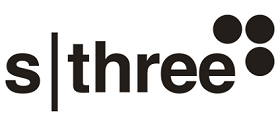
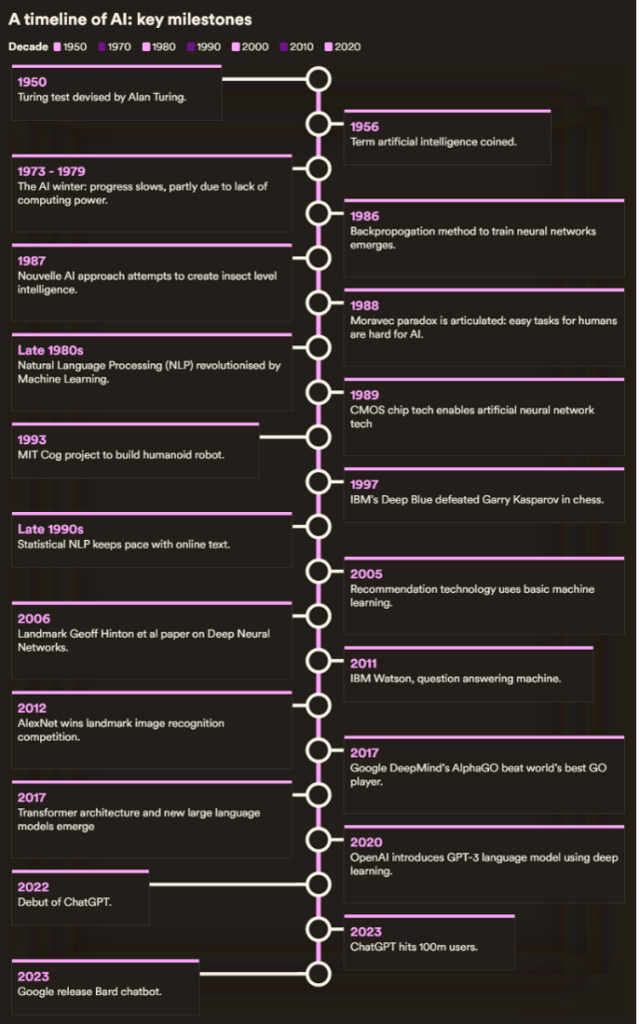





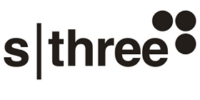



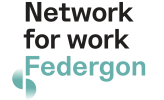




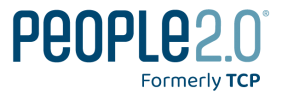

You must be logged in to post a comment.